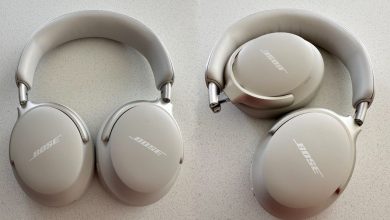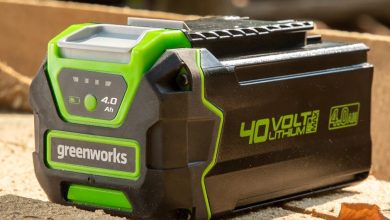How to Tune Your Guitar For Beginners 2024
 One of the first challenges for a beginner is learning how to tune a guitar to identify guitar string notes and keep your guitar in tune for a long time. First of all regular practice is essential to learning an instrument and more practice will help your learning become more effective.
One of the first challenges for a beginner is learning how to tune a guitar to identify guitar string notes and keep your guitar in tune for a long time. First of all regular practice is essential to learning an instrument and more practice will help your learning become more effective.
If you’re a beginner guitar learner, you’ll have a hard time “fixing” the sound of an out-of-tune guitar. We will discuss in detail how you can easily tune a guitar in this article. Let’s dive into the article and gather the necessary information.
How to Tune a Guitar in Different Ways?
Here we give you How to Tune a Guitar in Different Ways. Lets take a look.
Basic ways to Tune a Guitar:
- First you need to remember the standard tuning with a silly acronym. It’s good to know that in standard guitar tuning, the strings are tuned to EADGBE. Each letter from the high first to the low sixth corresponds to a string. A good way to remember them is with funny acronyms.
- Eddie Ate Dynamite, Good Bye Eddie
- Evenings After Dinner Gertrude Baked Eggplant
Every Angry Dog Gets Bit Eventually
- Second, the pitch of the string is adjusted by turning the tuning pegs. Basically, turn one of the pegs counterclockwise to raise the pitch of the string and one peg clockwise to lower the string. By turning the tuning pegs you can easily find the exact pitch you need.
- Third, once all the strings are tuned, double check your guitar. You can also play some notes and chords to make sure everything is in order.
- Finally, if you want to play in concert, tune in to the specific note EADGBE and also use a digital tuner, tuning fork, or a slide whistle to find the exact pitches needed.
Using a Digital Tuner:
Digital tuners are a quick and easy option for a beginning guitar player. They are small in size and battery operated. Turn it on, then play an open E string. The device will light up when the string is tuned to the correct note. You have to adjust the string until the note is in tune.
You can also use a tuner app for added convenience. If you want, you can snap on a headstock tuner, which helps detect notes by the vibrations running through the guitar’s wood and the tuner alerts you when the note is correct.






